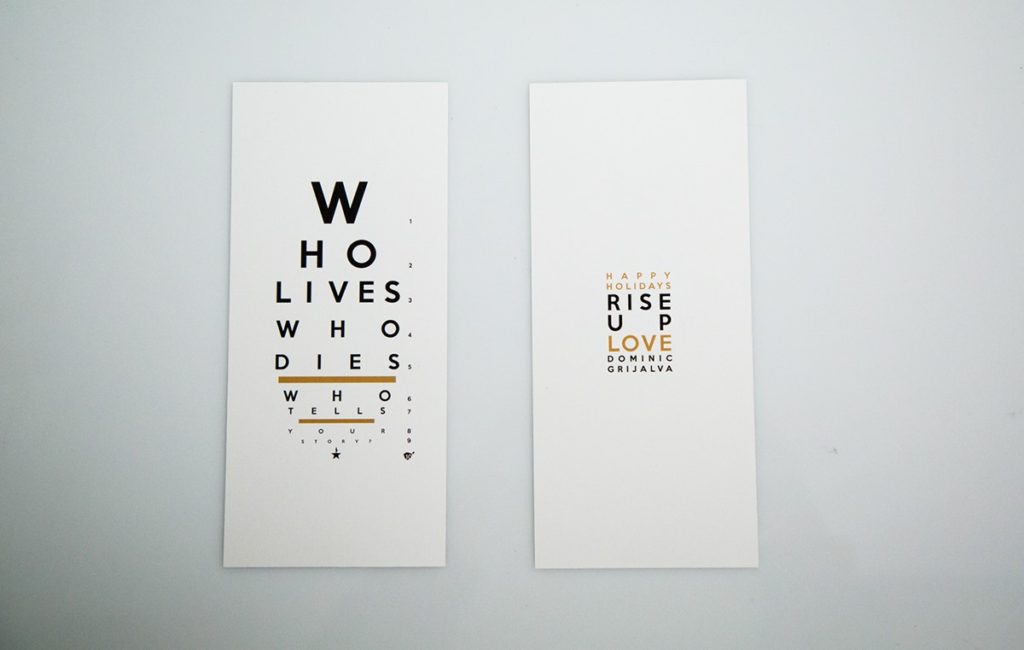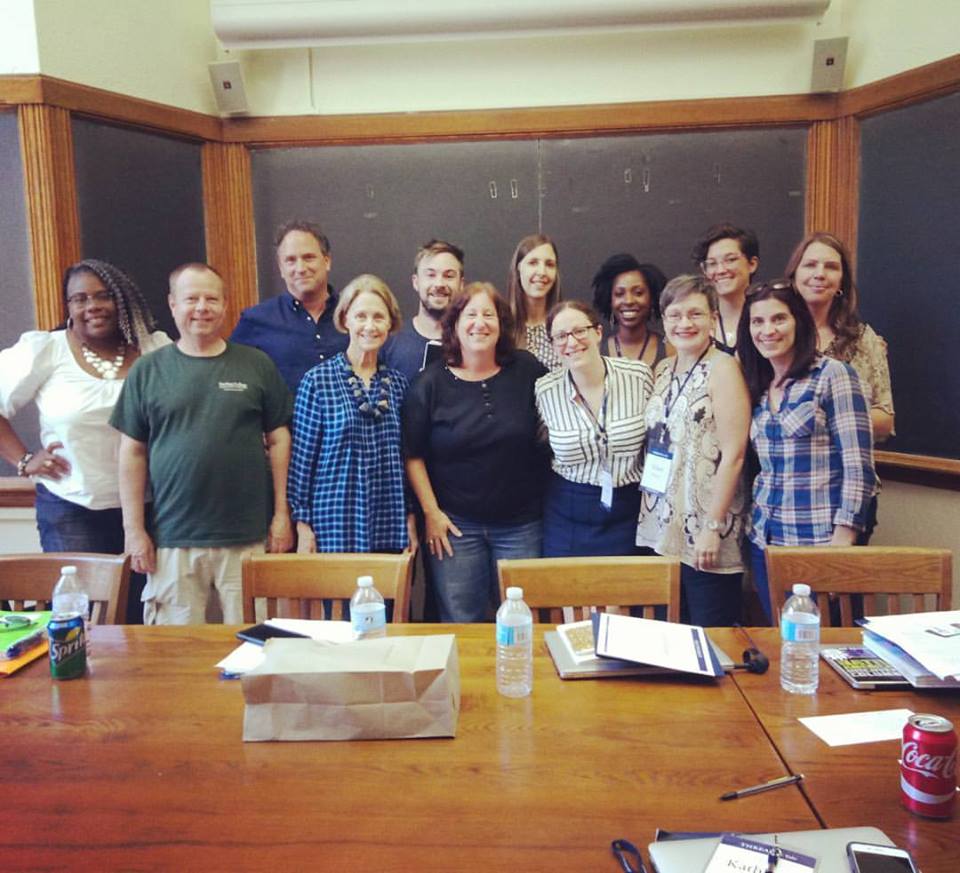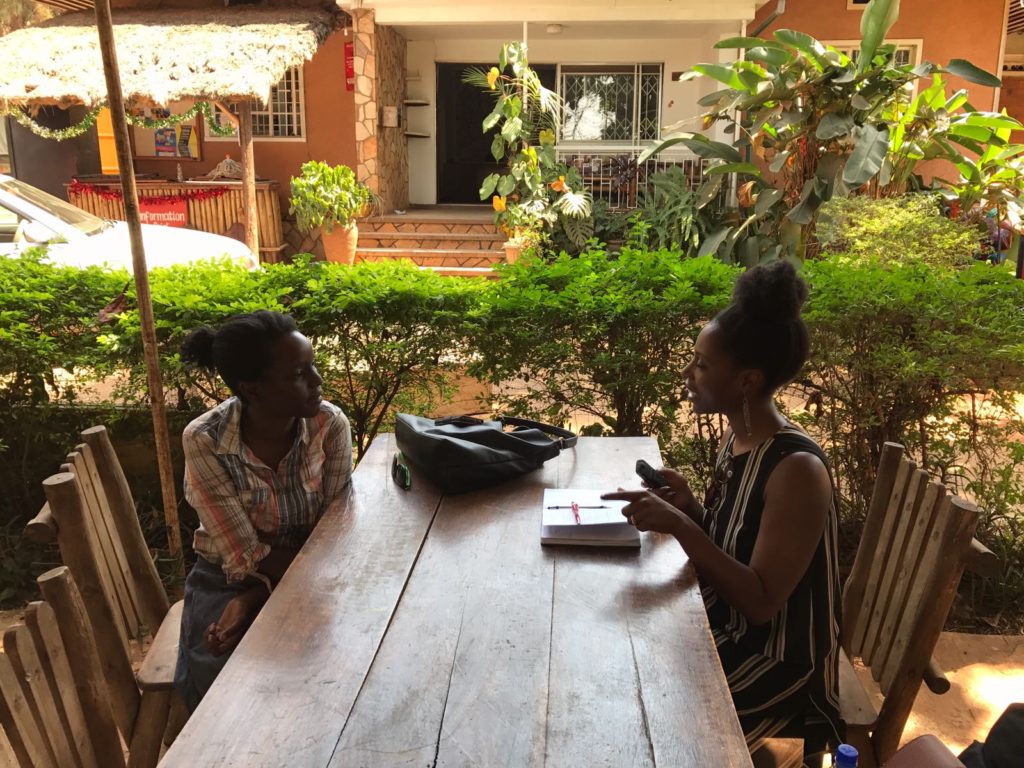September 23, 2017
Follow the Breadcrumbs: My Process for Finding Artists to Interview
Many people believe you must search far and wide for compelling people to interview, but they’re often right under your nose. A deep curiosity for the world around you, connecting with people, following your interests and taking in new experiences will lead you to your sources. (As well as your editor—when they assign you stories.) And, social media platforms like Twitter, Instagram, and Facebook have made it easier to discover artists’ work through one-click, scroll or swipe.
Below, I have highlighted my six go-to spots for finding sources, which should spark ideas for artists on places to showcase their work.
- Tap into Your Personal Network and Follow Your Interests
As a creative and arts enthusiast, my tribe is full of eclectic, global-minded creators spanning various disciplines. When I’m thinking through story ideas to pitch, my first thought is always, “Who do I already know? And, what project am I slightly familiar with that I’d love to learn more about?” Other times, I might be hanging out with a friend who tells me about their friend or acquaintance’s new project, which leaves me intrigued. A deep curiosity about a subject, project or person is the kernel of a great interview. If I have all these questions, I’m sure others do as well.
In other instances, following my interests have led me to fascinating artists to interview. For example, I’m a diehard fan of the Broadway show, “Hamilton: An American Musical,” and during the height of the original cast’s run, I couldn’t read enough Hamilton-related interviews. An article in the Fresno Bee caught my attention because a college graphic design student made a Hamilton holiday card for the cast, which resulted in him freelancing for Hamilton creator Lin-Manuel Miranda’s merchandise brand, Tee-Rico. Immediately, I wanted to learn more about Dominic Grijalva’s story, so I pitched an interview with him to my editor at Adobe’s 99U. The publication’s tagline is: “Empowering the Creative Community,” so between discussing Dominic’s design process and how luck and talent landed him an enviable gig, there was a story to tell. And, I always end every interview by asking artists to recommend another artist/creative to interview, which is the gift that keeps on giving.

Hamilton Dueler Eye Chart by Dominic Grijalva
- Connect with Fellow Panelists and Participants at Intensives and Conferences
As a communications strategist and arts and culture contributing writer, I’m constantly seeking opportunities to hone my craft and share my expertise. The arts deeply inform my communications and writing practice, so it’s been great to see panels and conferences bringing together interdisciplinary experts. I had the opportunity to participate in a panel at the Smithsonian’s National Museum of African Art entitled, “How Entrepreneurship Can Help Africans Tell Their Own Stories,” and ended up interviewing fellow panelist and artist, Laolu Senbanjo, for a future story.
Additionally, this summer, I attended THREAD at Yale’s: Storytelling for Modern Media, which brought together top-notch storytellers from around the world. Through this intimate gathering of workshop sessions and remaining in touch post-intensive, I have a new community of podcasters, writers, videographers, photographers and illustrators to pull from!

My Thread at Yale workshop group
- Travel and Connect with People on your Journey
Traveling is great because it allows you to take in a new place, culture and community, as well as unwind. In December 2016, my family spent the holidays with my parents in Uganda, because it had been four years since our last visit! I thought it would be fun to make it a bleisure trip (business +leisure), and reached out to a Ugandan photographer to see if she’d be available for an interview during my visit. While reading OkayAfrica, I discovered Sarah Waiswa’s work and that she was the recipient of the prestigious Rencontres d’Arles 2016 Discovery Award. Initially, we planned to meet in person, but Sarah’s travel plans changed. So, we conducted our interview via Skype before I left for Uganda, and I asked her to recommend another artist or organization for me to connect with on the ground. She put me in touch with 32 Degrees East Ugandan Arts Trust, which was conveniently located 20 minutes from my parents’ home. During our trip, my brother, son, and I enjoyed multiple trips to 32 Degrees to conduct interviews with their director and artists, and even took a traditional dance class! We’ve published two videos and six articles for publications including 99U, OkayAfrica, Drink Black Water and Contemporary& from this one visit alone! And, the best part about developing these relationships is that they extend past our visit and interviews.
“Art expands your mind to new possibilities, new people, cultures and concepts.”

Interviewing 32 Degrees East Director, Teesa Bahana
- Mine Publications and Media Outlets for Creatives to Cover
I’m a devoted reader of the New York Times (Thanks, Mom!), and especially love to curl up on the couch to read the Sunday paper. Within these pages, whether in the arts, business or style section, I’ve been introduced to artists, creatives, and arts organizations that I reach out to for interviews. I might read about an artist covered one way and seek to explore a different facet of their work and life. Additionally, NPR has led me to arts-related HBO and Netflix documentaries, while other times I’ve stumbled upon them. Then, I reach out to the featured artists to interview them for a different publication. I also ask the artists and creatives I interview what publications they follow, which introduces me to niche publications and podcasts like Aperture Magazine,Big Cartel’s blog, Workshop, PDN Online, The Candid Frame, and Contemporary&.
- Explore Twitter for New Work
Many people underestimate the power of Twitter, but I believe it’s a great way to connect with friends, like-minded people, journalists, publications and organizations across time zones! Research shows that tweets with images or video have higher click rates, which makes it a great platform for artists to share their work. I’ll never forget when a tweet about photography project Limit(less) Africans came across my feed. The tweet posed this question: “Is it un-African to be gay?” Through photos of LGBTQ Africans, the project seeks to dispel this myth. I was instantly intrigued, and visited the project’s website to learn more. I later reached out to interview the project’s creator, Mikael Owunna for i-D magazine. Mikael and I have kept in touch, and he’s great at tweeting his project and photos to journalists and publications with cause-driven, enticing language. Additionally, as he seeks to raise the visibility of LGBTQ Africans and create a community where LGBTQ Africans know they’re not alone, publications and supporters readily share and promote the project to others.
- Explore Instagram for New Work
Finally, Instagram is a visual oasis to discover artists’ work. If you ever see me scrolling through my phone, you know I’ve fallen down the rabbit hole! Artists can truly shine on Instagram because it’s all about the visuals. One artist leads you to another artist, which leads you to a new arts organization, which leads you to a new photography collective, which leads you to a new photography book or festival. Three photographers I’ve had the pleasure of interviewing and can’t get enough of their Instagram feeds are Aoi Yamaguchi, Delphine Diallo and Sarah Waiswa. In all cases, their images pulled me in, and their captions gave me a glimpse into work, vision and personalities.
Curiosity, listening between the lines, and asking deeper questions will lead you to interesting artists and creatives to interview. And, I encourage artists and creatives to be bold experimenting with platforms and new methods to share your work.
In the comments below, if you’re a creative or artist, please share a link to a recent project you’re proud of!
Jacqueline Lara is president of Mpact PR, LLC. She specializes in helping entrepreneurs and artists share their stories and art with the media and new audiences. She is also creative architect of The ArtFullness Project, which explores the intersection of art and business through creative projects and visual content. Connect with her @MpactJacq. In the meantime, check out Mpact PR’s, services to to learn how we can work together.


 Follow
Follow